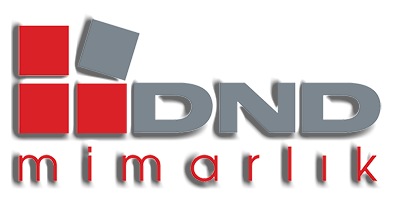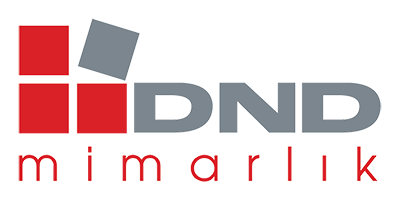Accounting Equation Assets = Liabilities + Equity
Accounts receivable list the amounts of money owed to the company by its customers for the sale of its products. This arrangement can be ideal for sole proprietorships (usually unincorporated businesses owned by one person) in which there is no legal distinction between the owner and the business. For example, John Smith may own a landscaping company called John Smith’s Landscaping, where he performs most — if not all — the jobs. Most sole proprietors aren’t going to know the knowledge or understanding of how to break down the equity sections (OC, OD, R, and E) like this unless they have a finance background. Still, you’ll likely see this equation pop up time and time again. This also includes debt that might have been taken by the company in order to arrange for finances.
- A screenshot of Alphabet Inc Consolidated Balance Sheets from its 10-K annual report filing with the SEC for the year ended December 31, 2021, follows.
- In other words, the accounting equation will always be “in balance”.
- Balance Sheets shown above and the Income Statement and detailed Statement of Stockholder’s Equity in this section.
What Are the Three Elements in the Accounting Equation Formula?
Before technological advances came along for these growing businesses, bookkeepers were forced to manually manage their accounting (when single-entry accounting was the norm). Of course, this lead to the chance of human error, which is detrimental to a company’s health, balance sheets, https://www.business-accounting.net/ and investor ability. In fact, most businesses don’t rely on single-entry accounting because they need more than what single-entry can provide. Single-entry accounting only shows expenses and sales but doesn’t establish how those transactions work together to determine profitability.
What Is Shareholders’ Equity in the Accounting Equation?
Since Speakers, Inc. doesn’t have $500,000 in cash to pay for a building, it must take out a loan. Speakers, Inc. purchases a $500,000 building by paying $100,000 in cash and taking out a $400,000 mortgage. This business transaction decreases assets by the $100,000 of cash disbursed, increases assets by the new $500,000 building, and increases liabilities by the new $400,000 mortgage. As you can see, assets equal the sum of liabilities and owner’s equity. This makes sense when you think about it because liabilities and equity are essentially just sources of funding for companies to purchase assets.
Everything to Run Your Business
On the left side of the basic accounting equation, an increase of $250 is balanced by an increase of $250 on the right side of the equation for liabilities (accounts payable). With the accounting equation expanded, financial analysts and accountants can better understand how a company structures its equity. Additionally, analysts can see how revenue and expenses change over time, and the effect of those changes on a business’s assets and liabilities. The accounting equation shows how a company’s assets, liabilities, and equity are related and how a change in one results in a change to another.
Basic Accounting Equation: Assets = Liabilities + Equity
Think of liabilities as obligations — the company has an obligation to make payments on loans or mortgages or they risk damage to their credit and business. Equity is named Owner’s Equity, Shareholders’ Equity, or Stockholders’ Equity on the balance sheet. Business owners with a sole proprietorship and small businesses that aren’t corporations use Owner’s Equity.
For example, the use of raw materials and packaging materials are both considered to be part of internal transactions. For example, purchases, wages, salaries, electricity bills, interest expenses, depreciation, taxes, and so on. It is applicable to businesses of all sizes, from sole proprietorships like neighborhood grocery stores to multinational conglomerates like Google.
Example Transaction #8: Payment of Accounts Payable
You can find a company’s assets, liabilities, and equity on key financial statements, such as balance sheets and income statements (also called profit and loss statements). These financial documents give overviews of the company’s financial position at a given point in time. The accounting equation ensures the balance sheet is balanced, which means the company is recording transactions accurately. The balance sheet is a more detailed reflection of the accounting equation.
In a double-entry accounting system, every transaction has two sides. The accounting equation is the foundation of accounting education. You must understand the accounting equation if you want to learn the fundamentals of accounting. Want to learn more about recording transactions and doing accounting for your small business? We’ll explain what that means, along with everything else you need to know about the accounting equation as we go on.
In other words, this equation allows businesses to determine revenue as well as prepare a statement of retained earnings. This then allows them to predict future profit trends and adjust business practices accordingly. Thus, the accounting equation is an essential step in determining company profitability. The accounting equation plays a significant role as the foundation of the double-entry bookkeeping system.
The following examples also show the double entry practice that maintains the balance of the equation. Assets will always equal the sum of liabilities and owner’s equity. Every transaction demonstrates the relationship of gross income allocation sample clauses the elements and shows how balance is maintained. The accounting equation states that total assets is equal to total liabilities plus capital. This lesson presented the basic accounting equation and how it stays equal.

